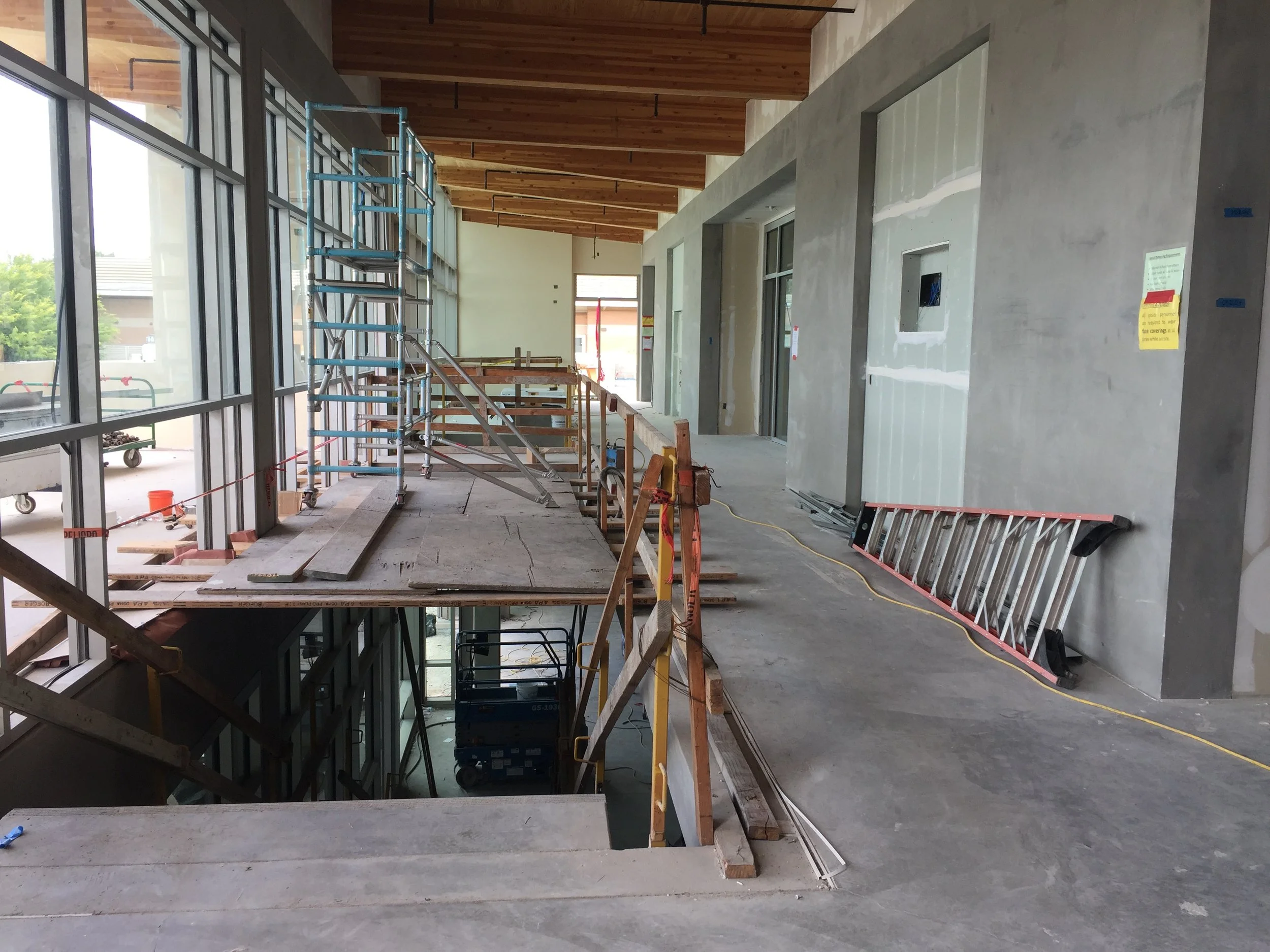Case Studies
Runit Island Dome
Built without expansion joints and battered by decades of salt-laden air, the Runit Dome showed signs of cracking, spalling, and discoloration. Tasked with diagnosing these failures on a remote Pacific atoll, Concrete Science, Inc. applied forensic engineering methods to uncover the root causes and design practical, field-ready solutions that could be executed with local labor and limited resources.
Radiant tubing, Control Joint, and Underlayment Failures
When significant cracking and troublesome slab curling threatened structural integrity at a community college building, a detailed petrographic and structural investigation uncovered surprising causes hidden beneath the surface. Issues ranged from overlooked control joints and excessively thick underlayments to embedded radiant heating tubing—all compounding the slab's distress. Discover how precise forensic analysis and targeted repair strategies not only resolved these hidden challenges but restored durability and safety for the long term.
Historic Saratoga Springs Bridge - Condition Evaluation
At first glance, the Saratoga Creek Bridge stands as a quiet, historic landmark nestled among redwoods. But beneath its stone arches, a deeper story was unfolding—soft concrete, hidden voids, and signs of corrosion threatening its long-term stability. Concrete Science, Inc. was called in to uncover the unseen. Through advanced petrographic analysis, chemical testing, and meticulous fieldwork, the investigation revealed critical structural vulnerabilities and environmental threats.
Post-Tension: Chlorides, Carbonation, and Targeted Repairs
From chain drag to petrography, see how a targeted condition assessment turned scattered symptoms into a prioritized repair and coating plan for a post tensioned parking deck.
Multi-Level Parking Structure Assessment & Repair
Multi-level parking garage inspection and repair with Concrete Science® Inc. Expert diagnostics included delamination surveys, core sampling, petrographic analysis, and corrosion tests. Solutions tackled low compressive strength, carbonation risks, and future reinforcement protection. Tailored repairs ensure safety, longevity, and structural integrity for parking facilities nationwide.
Bakersfield Hall of Records
Case study analyzing extensive concrete spalling and rebar corrosion at the Hall of Records building. Findings indicate corrosive soil, high chlorides & sulfates, and carbonation as primary causes of deterioration. Evaluation involved NDT, core testing, and chemical analysis. Conceptual repair options and recommendations are discussed, including the use of FRP to strengthen cracked columns.







